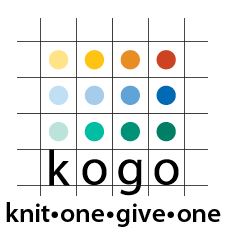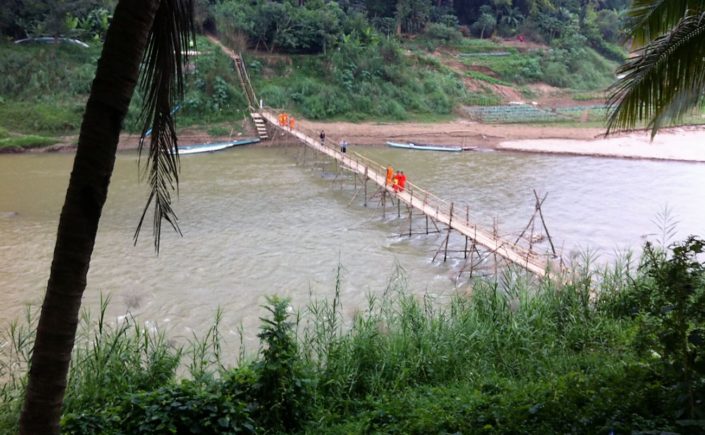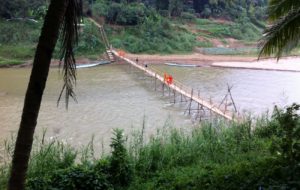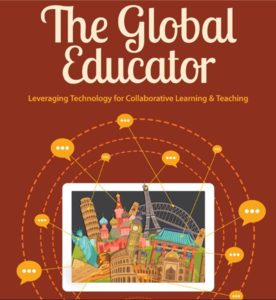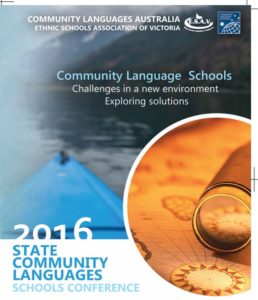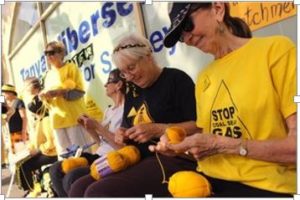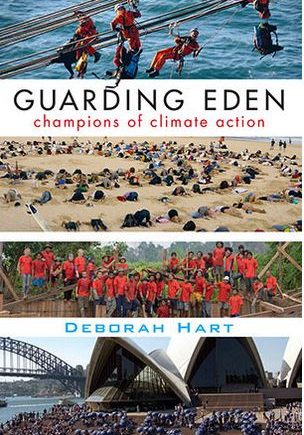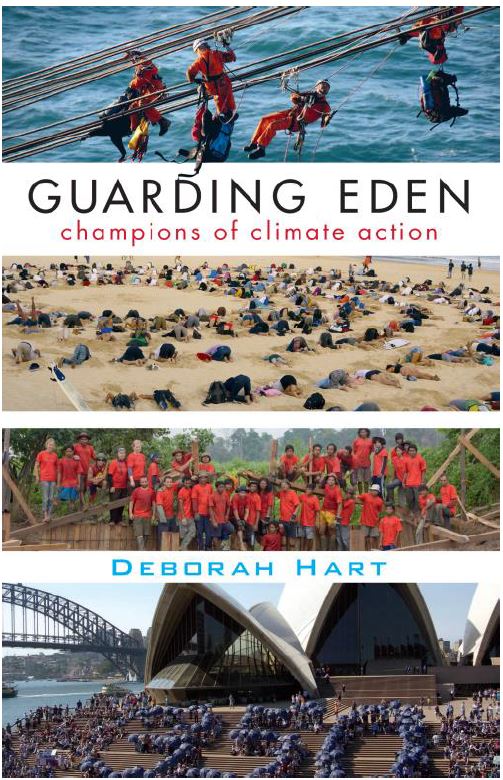I’m heading down a different path today.
KOGO which stands for Knit One, Give One, started out as a small group who wanted to knit for others. In the first year, 180 scarves were knitted and distributed to those experiencing homelessness. Enabling others to be protected from the cold and to experience the self worth that comes from being valued, the group has grown over to over 5000 knitters and crocheters in 12 years. They come from all walks of life and they vary in age – the youngest being an 11 year old girl and our oldest being over 100. In 2015, the not-for-profit organisation distributed 65,500 hand knitted winter woollies to the most vulnerable in our community through 250 community partner organisations.
What’s the point of ALL this?
Let me give some background…
Caritas Australia calls upon Catholic Social Teaching to guide its work. No human being should have their dignity or freedom compromised. The common good is reached when we work together to improve the wellbeing of people in our society and the wider world.
The Global Perspectives Framework highlights global values and attitudes and mentions a commitment to upholding the rights and dignity of all people and maintaining a sense of personal identity and self esteem.
Partnerships for action work best when those whose skill base can be shared, find those who will gain value from that skill. Generosity of effort can make an immeasurable difference to someone else. The benefits are mutual.
In KOGO’s work, the principles of ‘the dignity of the person’ and ‘the common good’ apply. KOGO’s values are global values and action starts right at their own front door.

